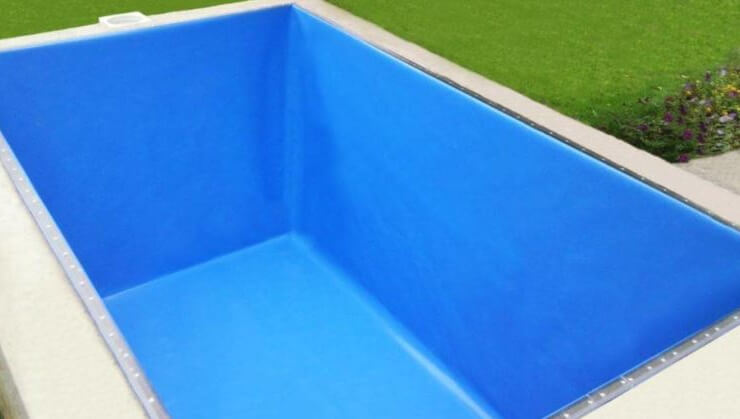The PVC liner is an important component of the pool, providing tightness, protection against leaks and complementing the appearance. Your pool will be more impressive and durable with the use of a liner. Let's consider the details and advantages of this solution.
What is a PVC liner?
PVC liner is a waterproofing coating made from polyvinyl chloride (PVC). It serves to maintain the waterproofness of the pool and protect the structure from the effects of water. This is a modern solution that is widely used in private and public swimming pools.
Advantages of PVC liners
Tightness and reliability The liners eliminate leaks and protect the structure from destruction by water.
Resistance to chemicals The PVC coating easily tolerates water cleaning and disinfection products.
Easy to maintain The surface is easy cleans from contaminants and has antibacterial properties.
AestheticsA variety of colors and textures allows you to achieve a spectacular appearance of the pool.
How to install liners?
- Preparation of the base: the walls and bottom of the pool are cleaned of dirt, dust and mechanical damage.
- Installation of the liner: the material is laid out on the bottom of the pool, after which its edges are carefully lifted and fixed on the walls of the pool. To do this, use special fasteners or glue, depending on the type of liner.
- Alignment and fastening: the material is straightened to avoid wrinkles and bubbles. If necessary, the liner can be trimmed to precisely fit the shape of the pool. Particular attention is paid to corners and joints to prevent leaks.
- Final fixation: after alignment, the liner is finally secured around the entire perimeter. Check for tightness and absence of gaps. The pool is then gradually filled with water to evenly distribute the pressure and finally fix the liner.
- Final work: after filling the pool, a leak test is carried out. If the material is fixed using glue, you should wait until it dries completely before filling.





